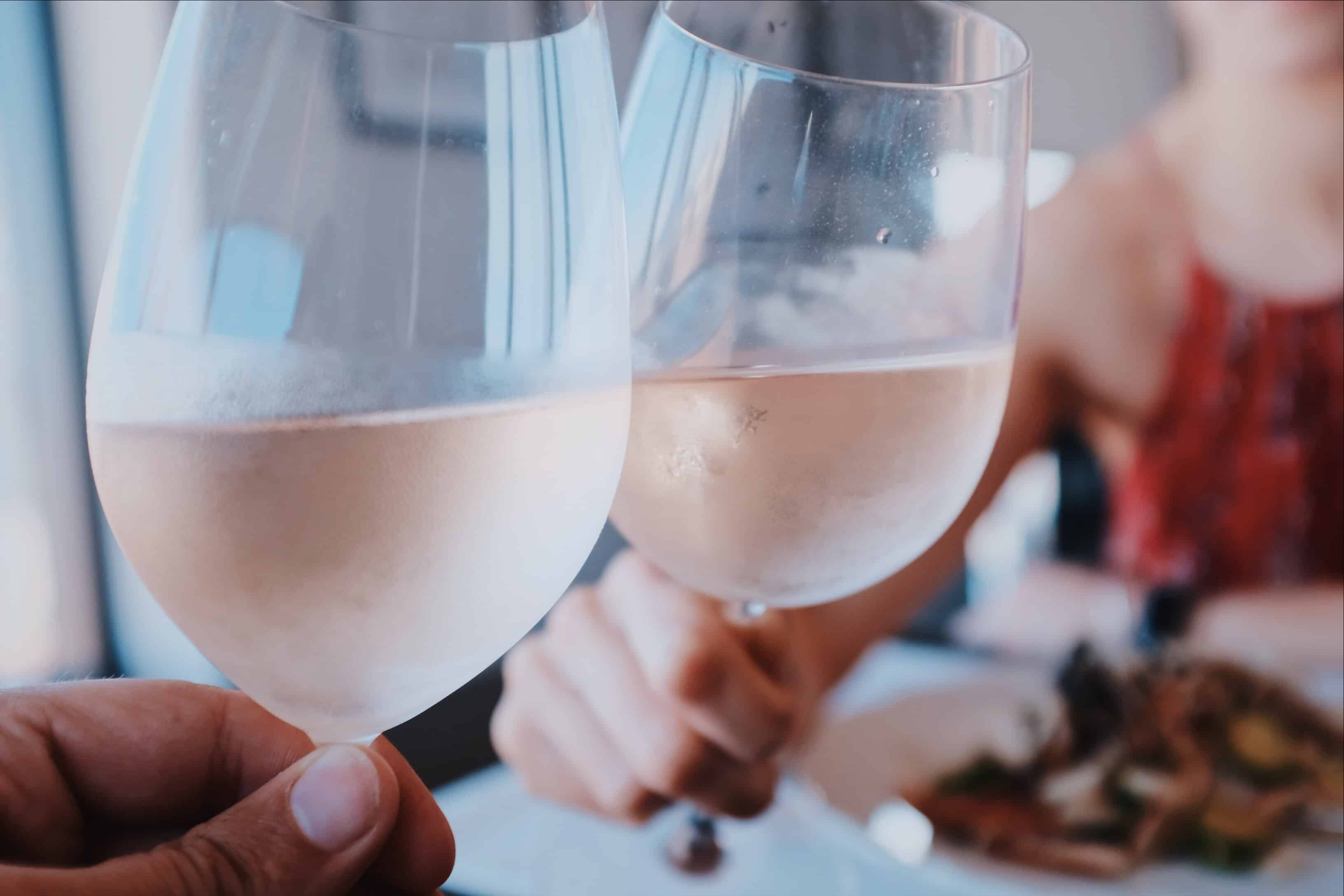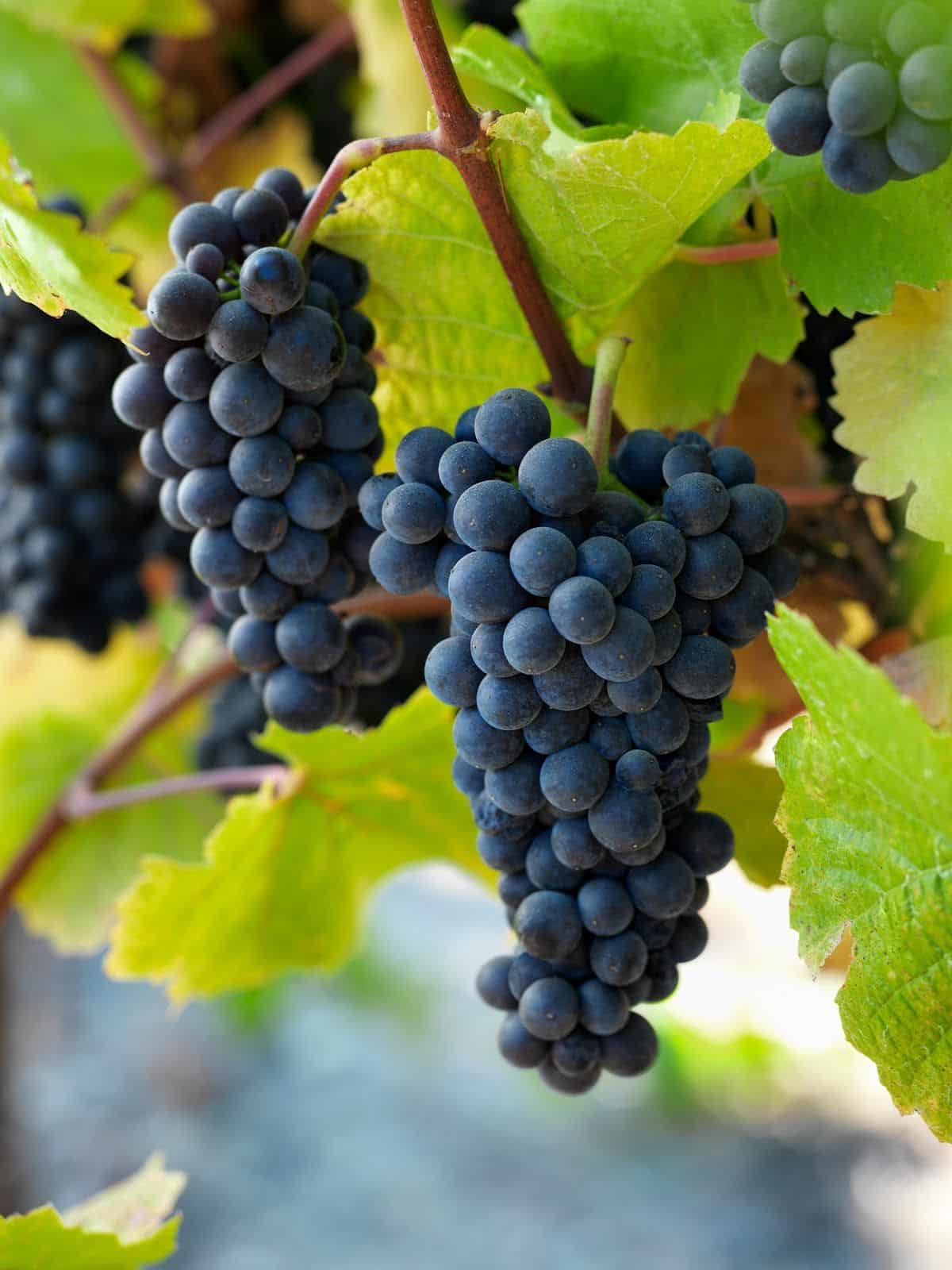Eco-Friendly Wineries In Sonoma County - Wineries To Explore In Sonoma Valley
Eco-Friendly Wineries In Sonoma County - Wineries To Explore In Sonoma Valley
Blog Article
Wineries Showcasing Local Art And Crafts - Sonoma Wine Region Vineyards
Wine tasting is an art that mixes sensory experience with an appreciation for the nuances of different varietals. How to gauge flavors in winery wine tasting sessions is pivotal to greedy the complexities of wine.
Engaging in a wine tasting includes greater than simply sipping and savoring. It requires a targeted method to identify aromas and flavors that every wine presents. As you start, observe the wine's appearance, noting its colour and readability. These visual cues often counsel a wine’s age, grape variety, and even potential flavor profiles.
The subsequent step within the tasting course of is to swirl the wine in your glass. This action releases aromatic compounds that are important for evaluation. Lean in and take a second to inhale deeply; the aromas can vary from floral and fruity to spicy and earthy. The nose of the wine is simply as essential as the palate, and recognizing scents plays a major position in understanding the overall experience.
When taking your first sip, enable the wine to move across your palate - Artisan Wineries In Russian River Valley. Discover the initial flavors that current themselves. Is the wine fruity, floral, or maybe herbaceous? This preliminary taste gives insight into what the wine is likely to specific as you continue to judge it. The mouthfeel also contributes to the general flavor experience; it might be silky, tannic, and even effervescent.
Wineries Promoting Sustainable Farming - Sonoma Vineyards To Explore
As you continue tasting, pay consideration to the wine’s steadiness. A well-balanced wine will harmonize acidity, sweetness, and tannins. If one part overwhelms the others, it would point out a much less desirable high quality. Evaluating balance may help you determine how well the wine may pair with food.
Transitioning to the end, consider how the flavors evolve as the wine lingers in your palate. A lengthy, pleasant finish can point out a high-quality wine, whereas a brief or abrupt end may suggest in any other case. Replicate on whether the flavors remain constant or if new notes emerge as the wine settles. This progression can reveal complexities and intricacies that may not have been apparent within the preliminary tasting.
Temperature can be an important think about evaluating wine flavors. Different types of wine are optimally loved at specific temperatures. White wines often shine when chilled, whereas purple wines typically perform finest at room temperature. When tasting, make positive the wine is on the appropriate temperature to completely respect its character.
Charming Wineries Offering Wine And Food Pairings - Sonoma Wine Tasting Tour
Pairing food with wine can tremendously improve the tasting experience. Foods can affect the notion of flavors in wine, either highlighting sure characteristics or diminishing them. When evaluating flavors, consider how the wine interacts with completely different meals, noticing which flavors are amplified or muted (Unique Wine And Food Pairings In Sonoma).

Consider the affect of terroir as you interact in a winery tasting. Terroir encompasses the distinctive environmental components that have an effect on grape rising, together with soil composition, local weather, and geography. Understanding a wine's terroir can provide insight into its flavors and aromas, fostering a deeper appreciation for the alternatives made throughout its cultivation and manufacturing.
Schooling plays a fundamental role in enhancing one's capacity to judge wine flavors. Learning about grape varieties, wine regions, and manufacturing methods can pave the finest way for more informed judgments throughout tastings. Moreover, attending workshops or classes can refine sensory skills and broaden your flavor vocabulary, enabling you to articulate tasting notes extra effectively.

Finally, it's essential to keep in mind that evaluating wine flavors is a highly personal experience. Individual preferences and perceptions will invariably form one’s tasting journey. Enjoyment must be at the forefront, with the evaluation course of performing as a software to boost understanding and appreciation quite than create rigid guidelines.
Charming Wineries Offering Wine And Food Pairings - Tasting Experiences In Sebastopol Vineyards
In conclusion, mastering the way to consider flavors in winery wine tasting classes involves a mixture of sensory engagement, data, and practice. By learning to determine aromas, assess the balance, and recognize the intricacies of flavor, wine enthusiasts can deepen their connection to every bottle they encounter. As with any art type, the more one immerses themselves in the experience, the more they may discover and benefit from the huge world of wine.
- Start by observing the wine's color and readability, as these visual components can hint at its flavor profile and getting older potential.
- Swirl the wine gently in your glass; this releases fragrant compounds, permitting you to better determine the advanced scents related to the wine.
- Take a deep inhale earlier than tasting, focusing on each main and secondary aromas to assemble insights on fruits, spices, and different nuances.
- When tasting, permit the wine to coat your palate; note the preliminary flavors, the mid-palate complexity, and the finish as these phases can provide different flavor highlights.
- Pay attention to texture and mouthfeel, as elements corresponding to tannin levels, acidity, and sweetness contribute significantly to the general tasting experience.
- Evaluate flavors towards standard wine traits; for purple wines, think about berry notes, oak affect, and herbal tones, while whites may embrace citrus, stone fruits, and floral hints.
- Take notes during the tasting session to track your impressions, serving to you to remember and evaluate the different wines sampled.
- Talk About your findings with fellow tasters or winery workers, as sharing insights can improve understanding and appreciation of individual flavors.
- Enable time for the wine to breathe; generally, flavors evolve and reveal new dimensions after being exposed to air.
- Experiment with food pairings through the tasting as they will dramatically alter how flavors are perceived, influencing general enjoyment.undefinedWhat should I look for when evaluating the aroma of wine during a tasting?
Start by swirling the wine in your glass to release its aromas. Deliver the glass to your nose and take a deep breath. Pay attention to the primary scents you detect, as these are sometimes essentially the most distinguished. Look for fruit, floral, natural, or earthy notes and attempt to determine particular characteristics, which will deepen your understanding of the wine's complexity.
Historical Wineries To Visit In Sonoma - Enjoying The Best Wineries In Sebastopol
How can I distinguish between different flavor profiles in wine?
Perceive that flavor profiles are sometimes categorized as fruit, floral, herbaceous, spicy, or mineral. Take small sips and allow the wine to coat your palate. Discover the primary flavors that emerge first and the delicate notes that observe. This layering is crucial in distinguishing the wine's characteristics and will allow you to appreciate its unique profile.
Wineries Offering Elegant Wine Tastings - Sonoma Valley Vineyards And Wine Tasting
What is the importance of the wine's texture in a tasting?

The texture of the wine, also recognized as mouthfeel, plays an important role in how we perceive flavors. Pay attention to whether the wine feels smooth, creamy, or gritty. The physique of the wine (light, medium, or full) can improve or distinction with flavors, providing a extra rounded experience throughout tasting.
How do I assess the stability of flavors in wine?
Balance in wine refers back to the concord between acidity, sweetness, tannin, and alcohol. Take a moment to evaluate whether or not these components complement or interfere with each other. A well-balanced wine will have none of its components overpowering the others, creating a nice tasting experience.
Best Wineries For Sunset Views In Sebastopol - Sebastopol Wine Experiences
What function does temperature play in evaluating wine flavors?
Temperature can significantly impression the notion of flavors. Typically, pink wines are finest served barely below room temperature, while white wines take pleasure in being chilled. As the temperature modifications, the aromas and flavors can shift, allowing you to understand totally different traits. It’s important to taste wine at its optimal temperature for true analysis.
Wineries With Unique Tasting Experiences - Sonoma Wine Tasting Recommendations
How can I improve my tasting skills over time?
Practice is essential to enhancing your tasting skills. Cultural Wine Experiences In Sonoma County. Attend tastings, maintain a journal of your experiences, and discover several varieties of wines to broaden your palate. Moreover, studying about wine manufacturing and grape varieties can provide context that enhances your evaluation process, making you a more informed taster.
Is there a specific order by which I ought to taste the wines?
Wineries Located Near Russian River Valley - Sonoma Vineyard Tours
Yes, it’s advisable to taste wines from light to full-bodied and dry to candy. This progression prevents the stronger flavors from overshadowing the more delicate ones, allowing you to totally respect each wine's characteristics and nuances without palate fatigue.
How can I consider the aftertaste of wine?
Wine Tasting Tours In Russian River Valley - Discovering Sonoma Area Wineries
The aftertaste, or end, is an important side of the wine-tasting experience. After swallowing, pay consideration to how long the flavors linger on visit the sitewineries known for their beautiful gardens your palate and whether or not they change. A long, pleasant end is often an indicator of a high-quality wine, whereas a short or unpleasant end could suggest otherwise.
Why is it essential to note the wine’s acidity throughout tasting?
Acidity contributes to the general freshness and structure of the wine. Pay attention to the tingling sensation on your tongue; greater acidity can enhance the wine's liveliness and stability out sweetness. Noting acidity helps decide the wine's versatility with food and its getting older potential.
What should I do if I struggle to establish particular flavors in wine?
Wineries Offering Virtual Wine Tastings - Wineries To Explore In Sonoma Valley
Struggling to determine flavors is widespread, especially for beginners. Focus on broader categories and describe what you presumably can acknowledge, similar to candy or earthy notes. With practice, reading about different flavor profiles, and maybe utilizing flavor wheels, you will refine your senses and develop a more nuanced method to tasting. Report this page